UP CYCLE.
OUR MOTIVE
While affordable prices and items that reflect the latest fashion trends are extremely attractive, especially to younger shoppers, the environmental and social impacts of the industry are often overlooked. While we are constantly coming up with new, innovative technologies to recycle textiles, we are still not doing enough. It is estimated that less than 11% of fashion brands have implemented recycling strategies for their items.
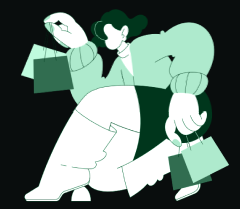
The main reason why recycling is hard is because the materials we use to manufacture fashion items are mostly produced with synthetic fibres that are made with crude oil, which makes them almost impossible to reuse in other ways. What makes VETUS. unique is that we recycle your clothing in the simplest , most efficient way possible by giving them a new face but keeping the original cloth and sentiment. This has proven to be beneficial as it requires barely any new fabrics.
WHY UPCYCLE?
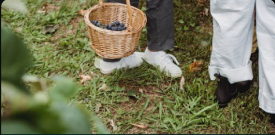
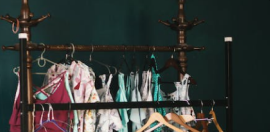
Collective Wardrobe
We can use the collective wardrobe of friends or family members rather than buying new stuff, which will cut down on the need for excessive consumption and manufacture.
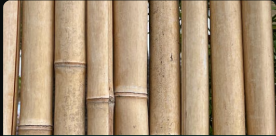
Natural Fibres the way to go?
The environmental effect of natural fibres like organic cotton, hemp, and bamboo is typically lower than that of synthetic fabrics, therefore consider wearing clothing manufactured from these materials.
$500 Billion in Losses
More than $500 Billion are lost from lack of recycling and Clothing Underutilisation.
Plastic Clothes
More than $500 Billion are lost from lack of recycling and Clothing Underutilisation.
35% Primary Plastic Ocean Waste
Plastic particles washed off from products such as synthetic clothes contribute up to 35% of the primary plastic that is polluting our oceans.
Emissions Equivalent to Europe
If fast fashion were a country, its carbon emissions would rank almost as high as the entire European continent.
How do I help?
You will learn how to do your part in helping end Fast Fashion in 4 simple steps.
1
Spread The Word: The simplest way to support our mission is by assisting us in reaching a wider audience and thereby raising awareness about the cause.
2
Volunteer: Join our dedicated group of skilled tailors and passionate activists to earn valuable volunteer hours.
3
Donate: By donating as little as INR99, you can contribute to our cause and help make a meaningful difference. Every contribution, no matter the size, plays a crucial role in achieving our mission
4
Upcycle: Send us your clothes for recycling and join the movement towards a more sustainable fashion future.
VETUS' ROADMAP
PHASE 01
Arrange a Pickup
Initiate the upcycling process by scheduling a convenient pickup of your old or unused clothing items.
Quick pickup
Book pickup
Door-Step pickup
PHASE 02
Processing Items
After careful assessment of each piece to determine its condition & potential, items that can be upcycled are sent further.
Quick assessment
Condition and quality
Top quality items selected
PHASE 03
Explore Options
You can choose from various custom ideas and alterations to give your clothing a fresh and exciting new look.
Wide Selection
Modern Designs
Wide range of sizes
PHASE 01
Our Tailoring Magic
With attention to detail and craftsmanship, your items will be transformed into unique pieces that align with your preferences.
Professionally hand-tailored
Stitched to perfection
Ethically tailored
PHASE 01
Tag of Contribution
This tag symbolizes your commitment to sustainable fashion practices and your role in reducing clothing waste.
Organically sourced
Natural dyes used
Certificate of contribution
PHASE 01
Delivery
Once the upcycling process is complete, your newly transformed items will be delivered right to your doorstep.
Pick convenient time
Try on then and there
Free alterations upon request
VETUS' DESIRE
Upcycling reduces the demand for new clothing production, which is a core driver of the fast fashion industry. By repurposing and modifying existing garments, you actively participate in decreasing the market pressure for constant production and consumption of new clothes.

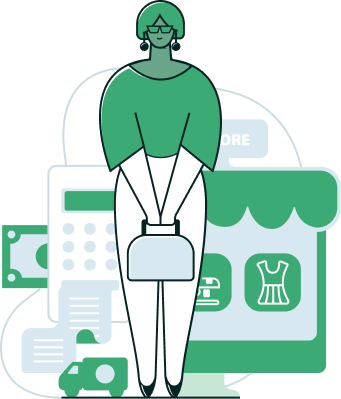
FAST FASHION
The fast fashion industry thrives on the rapid turnover of clothing trends, encouraging consumers to purchase new items frequently. Fast fashion relies on large quantities of resources and raw materials to produce clothing. Upcycling reduces the need for these resources, as you're repurposing existing garments.